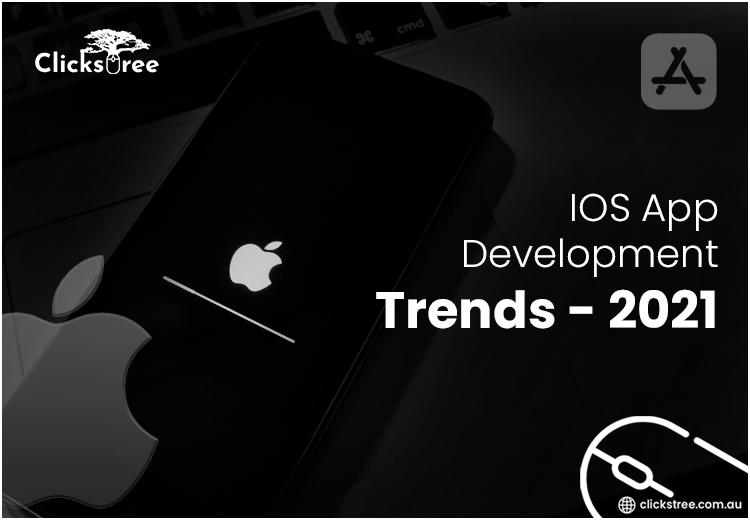
Native Android has been on the lookout for a really broad time interval. Also, it is genuinely consistent and gives a phenomenal display across various sizes of Android devices. With everything taken into account, why might it be fitting for you to see some cross-stage arrangement, like Flutter? Disregarding the way that local Android gives a brilliant execution, nonetheless, it incorporates some huge entanglements of a huge proportion of standard code, which limits the headway and creativity of a planner. We should discuss it in more detail.
What is Flutter?
Flutter is a free, open-source adaptable SDK that can be used to make Android and iOS applications with a comparable code. Being released in beta transformation, on 4 September 2018 Google I/O released authority Flutter 1.0 with stacks of new limits and features. By far most of the tremendous MNC’s and Enterprise use Flutter for application improvement.
Flutter can be differentiated and React-Native yet it has more features and capacities when pondered. You can moreover think Flutter as React Native with full local features.
Flutter versus Native Android
At Google IO 19, Android officially became Kotlin first for engineers, which focused on upgrades similarly as code littleness and weightiness. Instead of introducing new features, Google, generally, went after improving the planner experience across Android Studio and it’s apparatuses. Also, Google moved Jetpack Compose to engage designers to make informative UI, which requires less code, and it gives extraordinary resources and regular Kotlin APIs.
The best piece of elbow room that Flutter gives conversely with local Android is the cross-stage support, i.e., you can use the identical codebase for different stages like Android, iOS, Web, Desktop, etc.
In any case, would it have the option to pass on a comparative presentation and security as the local application does? Concerning cross-stage, this is the main request that all originators have in their cerebrums. Thus, let me express that cross-stage applications regardless of everything presumably will not be as consistent as possible; they give a comparative level of execution like local applications in explicit conditions.
There are some fundamental principles which will help in differentiating Flutter and Native App Development:
- Technological Architecture
- Development Production
- UI Factors
- Testing Support
1. Technological Architecture
The programming vernaculars, structures, and mechanical assemblies used in local application development are absolutely not equivalent to Flutter. But both Flutter and Android are administered by Google, the plan of the two progressions is absolutely extraordinary. Dart is used by Flutter for progression while Java and Kotlin are used by Android improvement.
2. Development Production
All the SDK devices are as of now presented inside the Android Studio IDE. In any case, to run these applications you need emulators or AVD (Android Virtual Devices). For making local applications, developers need to use Android Studio and the platform instruments given by it. Each time changes are made in the application by the creators, they need to again redo the application to see the changes in the emulator. The Gradle construct is a moderate technique for application progression.
3. UI Components
UI is perhaps the most essential bits of the application and Front-End Developers contribute by far most of their energy in developing a local UI. Google gives weighty and all around announced local UI parts to amass UI. Android Studio reinforces interface producers for making natural UI.
4. Testing Support
There are various instruments for testing local applications. You can without a very remarkable stretch test local applications through the request line using Gradle or by Android Studio direct. Various frameworks of Kotlin and Java are also open for low-level testing and UI testing. You can use JUnit for lower-level testing and for UI testing, Espresso is maintained.
Though flutter involves high level coding and generosity what happens is that the most basic things are run on computers which are owned by different other assets
Advantages of Flutter
For a creator, Flutter is the best versatile application progression structure. Features like diminished cost application improvement, the boosting-up headway measure, and savvy UI progression with exercises are a couple of focal points of Flutter which makes it an undeniable necessity to utilize the design for headway.
Open-Source
Shudder and Dart both are permitted to use and open source structures. It similarly contains positive documentation and organization support if the customer faces any issue.
Versatility
Applications made using Flutter are acceptable with the different OS as devices are a piece of the application not of the platform. This reduces the hour of testing applications on various stages.
High Capacity
Since Flutter supports cross-stage progression. A comparable base code can be used for the improvement of the two iOS and Android applications. This recuperations both time and resources.
Same UI
Vacillate makes applications that run with the same UI even on the old OS devices. For this, you don’t have to pay any extra charges. Wave reinforces Android jelly bean, iOS, and more forward-thinking OS additionally.
Conclusion
Flutter has become an amazingly noteworthy structure and can’t be ignored any more. Whether or not you cherish or loathe Flutter, as a local Android Developer, you ought to assess Flutter and Dart to understand their genuine powers.
Whether or not Flutter will replace local Android, in spite of everything, remains an inquiry. While we hold on for this answer, it is shielded to express that Flutter has a very amazing future. Whether or not it fails to supersede local application improvement, it has recently wound up being the best UI plan structure accessible to everybody now of time.


